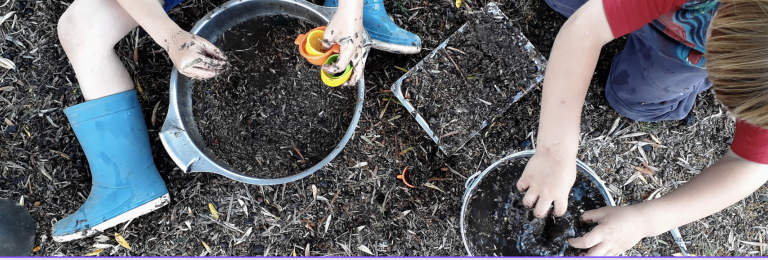Invitations and provocations for enquiry based play
The two terms ‘invitations’ and ‘provocations’ are used to describe approaches to engaging children in learning experiences. While both concepts aim to stimulate children's curiosity and promote their active participation, there are subtle differences between them.
Invitations in the Early Years
Invitations refer to intentional setups or arrangements designed to invite children to explore, investigate, and engage with their environment. They are typically visually appealing and enticing, capturing children's attention and curiosity. Invitations can take various forms, such as a well-organized play area, a thoughtfully arranged collection of materials, or a specific activity set up by an adult.
The purpose of invitations is to encourage children to initiate their own play and learning by piquing their interest. They provide an open-ended and flexible framework for children to explore, experiment, and create. Invitations are often characterized by a child-led approach after the initial set-up, allowing children to direct their own learning experiences. They promote independent thinking, problem-solving, and imaginative play.
For instance, a physical activity invitation could involve arranging a circuit of colorful cones, tunnels, and balance beams in a play area. The arrangement would capture children's attention and inspire them to navigate the circuit, promoting physical movement and exploration.
Provocations in the Early Years
Provocations, on the other hand, are deliberately designed challenges presented to children to provoke their thinking, inquiry, and problem-solving skills. Provocations are intended to ignite children's interest and encourage them to delve deeper into a particular concept, question, or problem.
Unlike invitations, provocations often involve a more focused and directed approach, guiding children towards specific learning objectives. They may be designed by educators to introduce new ideas, encourage critical thinking, or provoke children to investigate a particular subject or theme. Provocations are carefully crafted to stimulate children's curiosity and promote meaningful exploration and discovery.
For instance, a physical activity invitation could involve arranging a circuit of colorful cones, tunnels, and balance beams in a play area. The arrangement would capture children's attention and inspire them to navigate the circuit, promoting physical movement and exploration.
Invitations and provocations offer valuable strategies for engaging children in movement-based learning. Physical activity invitations create an enticing environment that encourages children to engage in active play and explore their physical abilities. On the other hand, physical activity provocations present challenges and tasks that provoke children's thinking and problem-solving skills while promoting specific movement goals. Both approaches contribute to creating an enriching and stimulating physical activity environment for young children.
